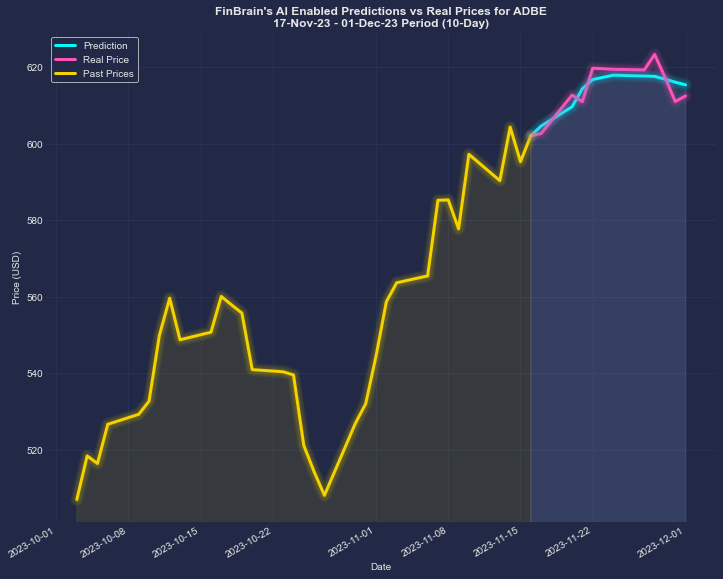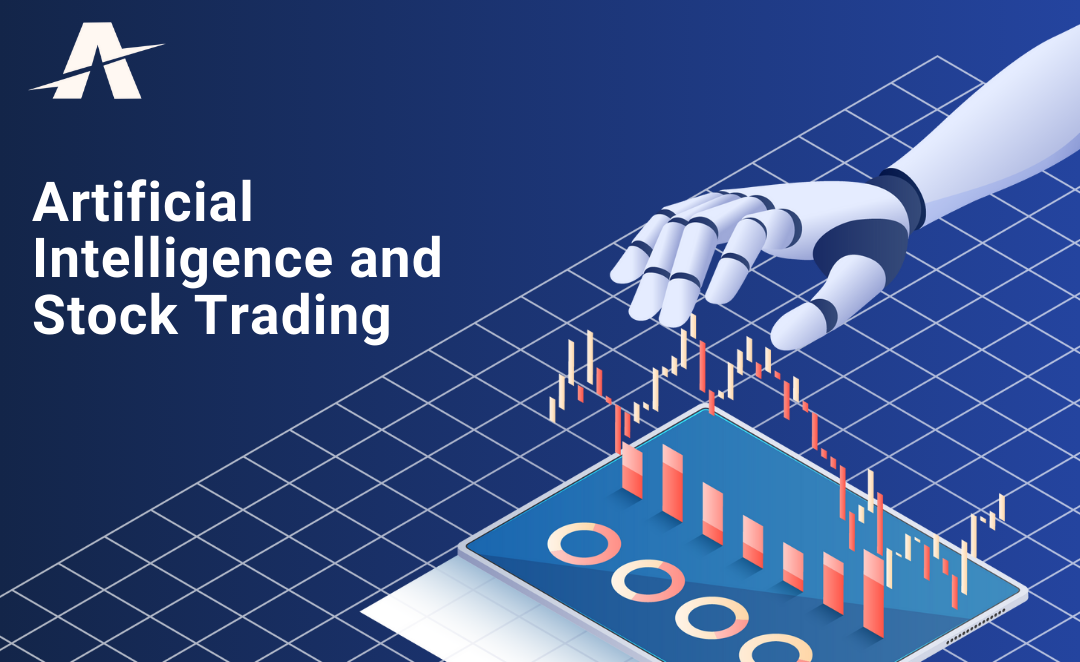20 Pro Ideas For Deciding On Ai Stocks To Invest In
Wiki Article
Top 10 Tips For Backtesting Stock Trading From Penny To copyright
Backtesting AI strategies for stock trading is essential, especially when it comes to the volatile copyright and penny markets. Here are 10 essential tips to help you get the most from backtesting.
1. Backtesting Why is it necessary?
Tip: Backtesting is a fantastic way to test the performance and effectiveness of a plan based on historical data. This will help you make better decisions.
It's a great way to be sure that your strategy will be successful before you put in real money.
2. Use historical data that are of high quality
Tip. Make sure your historical information for volume, price, or other metrics is correct and complete.
For penny stock: Add details about splits (if applicable) and delistings (if applicable) and corporate actions.
Make use of market events, for instance forks or halvings, to determine the price of copyright.
The reason: High-quality data gives real-world results.
3. Simulate Realistic Trading conditions
Tips. When you backtest add slippages as well in transaction fees and bid-ask splits.
The reason: ignoring these aspects may lead to unrealistic performance results.
4. Test in Multiple Market Conditions
Tips Try your strategy out with different market scenarios including bull, sideways, as well as bear trends.
The reason is that strategies can work differently based on the situation.
5. Concentrate on the most important metrics
Tip: Look at metrics that are similar to:
Win Rate: The percentage of successful trades.
Maximum Drawdown: Largest portfolio loss during backtesting.
Sharpe Ratio: Risk-adjusted return.
The reason: These measures assist to assess the strategy's potential reward and risk potential.
6. Avoid Overfitting
TIP: Make sure your strategy is not too optimized for historical data.
Testing of data not utilized for optimization (data which were not part of the sample). in the test sample).
Use simple and robust rules rather than complex models.
Why is this: Overfitting leads to poor real-world performance.
7. Include transaction latency
Simulation of time delays between the creation of signals and their execution.
Think about the network congestion and exchange latency when you calculate copyright.
What is the reason? Latency impacts entry and exit points, especially in fast-moving markets.
8. Test Walk-Forward
Divide historical data into multiple times
Training Period: Improve the strategy.
Testing Period: Evaluate performance.
This method permits for the adaptation of the strategy to different time periods.
9. Combine Forward Testing and Backtesting
Tips: Try techniques that were tested in a demo environment or in a simulation of a real-life scenario.
Why: This allows you to verify that your strategy is performing in the way you expect, based on current market conditions.
10. Document and Iterate
Tips: Keep detailed notes of your backtesting parameters and results.
What is the purpose of documentation? Documentation can help refine strategies over the course of time and help identify patterns.
Bonus How to Use the Backtesting Tool Efficiently
Make use of QuantConnect, Backtrader or MetaTrader to automate and robustly backtest your trading.
Why? The use of sophisticated tools can reduce manual errors and makes the process more efficient.
These guidelines will help to make sure that you are ensuring that your AI trading strategy is optimised and verified for penny stocks and copyright markets. Check out the recommended copyright ai trading for website tips including stock ai, best ai for stock trading, best ai stocks, ai trader, ai copyright trading, investment ai, ai investing platform, ai for copyright trading, best ai trading app, trading with ai and more.

Top 10 Tips To Monitor The Market's Tempers Using Ai For Stock Pickers, Predictions And Investments
Monitoring market sentiment is crucial for AI prediction of stock prices, investment and selection. Market sentiment can affect prices of stocks and overall market changes. AI-powered software can analyse huge quantities of data and identify sentiment signals. Here are the top 10 AI strategies for monitoring the mood of markets to help select stocks:
1. Use Natural Language Processing (NLP) to perform Sentiment Analysis
Tip: You can use Artificial Intelligence-driven Natural Language Processing tools to analyse texts from news articles, financial blogs and earnings reports.
What is the reason: NLP is a powerful tool that enables AI to study and quantify the feelings, opinions, or market sentiment expressed by non-structured texts. This can help traders make better decisions when trading.
2. Check social media and the news for real-time sentiment signals
Tips: Develop AI algorithms that collect data in real-time from forums, social media, and news platforms to track the sentiment changes related to stocks, market events, or other elements.
What's the reason: Social media and news tend to impact market movement rapidly, especially for risky assets such as copyright and penny stocks. Trading decisions that are made in real-time can benefit from analyzing sentiment in real-time.
3. Incorporate Machine Learning to predict sentiment
Tips: Make use of machine intelligence algorithms to forecast market sentiment patterns with historical data and signals.
The reason: AI learns patterns in sentiment data, and can study the behavior of stocks in the past to identify changes in sentiment that could be a precursor to major price movements. This provides investors with an edge.
4. Combining Sentiment Data with Fundamental and Technical Data
Tips: Apply sentiment analysis in conjunction with traditional indicators of technical quality (e.g., moving averages, RSI) and fundamental metrics (e.g., P/E ratio or earnings reports) to create a more complete investment strategy.
The reason is that sentiment data is an added layer of data to fundamental and technical analyses. Combining these elements improves the AI's ability to make more accurate and balanced stock predictions.
5. Watch for changes in sentiment during earnings Reports and Key Events
Tips: Be aware of changes in sentiment prior to and following major events, such as earnings reports, product releases or announcements from regulatory authorities. They can affect the prices of stocks.
These events can trigger dramatic market movements. AI can spot mood swings quickly, and provide investors with insights into potential stock movement in response to these catalysts.
6. Focus on Sentiment Groups to Identify Market Trends
Tips - Group sentiment data by clusters to identify market trends and industries.
The reason: Sentiment grouping enables AIs to detect emerging trends not visible in individual stocks and smaller data sets. This can help identify specific sectors or industrys with shifting interest of investors.
7. Utilize Sentiment Scoring for Stock Evaluation
Tip Develop sentiment scores by studying the content of news articles, forums and social media. Utilize these scores to filter and grading stocks based on the positive or negative sentiments.
The reason: Sentiment scores are an accurate measure of the mood of the market towards the stock in question, which allows better decision-making. AI can help refine these scores over time, which can enhance predictive accuracy.
8. Monitor Investor Sentiment across Multiple Platforms
Tips: Monitor sentiment across different platforms (Twitter Financial news websites, Reddit, etc.). Check the sentiments across different sources and you will have a clearer picture.
What's the reason? The sentiment on a single platform can be distorted or incomplete. The monitoring of sentiment across various platforms will give a more balanced and accurate picture of investor attitudes.
9. Detect Sudden Sentiment Shifts Using AI Alerts
Set up AI-powered alarms that alert you to major sentiment changes in a sector or stock.
What causes this? Sudden shifts in sentiment such as a rise in negative and positive mentions, could trigger swift price fluctuations. AI alerts help investors respond quickly before market values adjust.
10. Study Long-Term Sentiment Trends
Tip: Use AI analysis to determine the long-term trends in sentiment, whether they are for sectors, stocks or the entire market (e.g. either a bullish or sceptical mood over various time periods, such as months or even years).
What's the reason? Long-term trends in sentiment could be used to determine stocks that have strong future prospect, or to alert investors to the possibility of new risks. This broad outlook can complement the short-term mood signals and could guide strategies for the long term.
Bonus: Combine Sentiment with Economic Indicators
Tips: Use macroeconomic indicators such as inflation, GDP growth or employment data together with sentiment analysis in order to figure out how the overall economic environment affects market sentiment.
Why: The broader economic situation has an impact on the investor's attitude, which in turn influences the stock market's price. AI provides deeper insights on market changes by integrating sentiment economic indicators.
Investors can make use of AI to interpret and monitor market sentiments by implementing these tips. This will allow them to make more accurate and more timely predictions and making better investment decision. Sentiment is a potent instrument that is real-time and can assist AI stockpickers make more informed decisions. Check out the recommended ai day trading recommendations for blog recommendations including ai stock prediction, ai trading app, ai stock prediction, ai for trading stocks, stock analysis app, trading bots for stocks, ai stock predictions, ai stock predictions, ai predictor, ai for stock trading and more.
